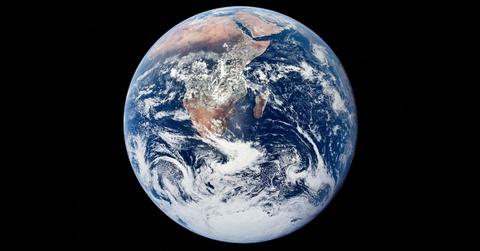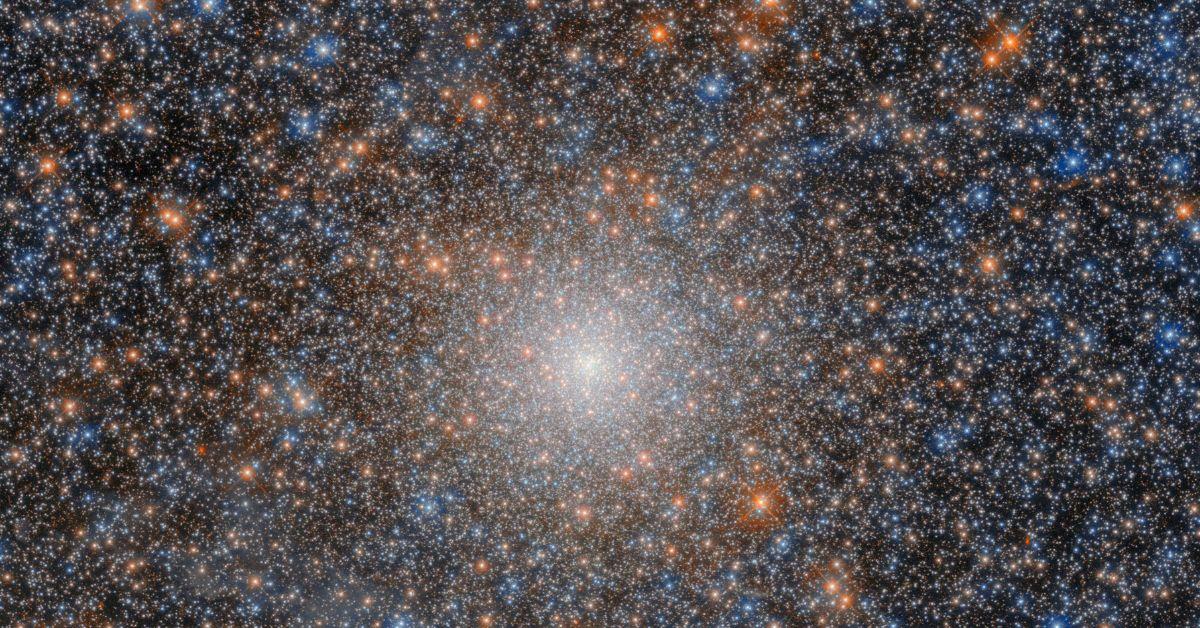An Asteroid Wouldn't Have to Be a Certain Size to Totally Destroy the Planet
It wouldn't take an asteroid all that big to wipe out life on the planet.
Published Feb. 19 2025, 12:16 p.m. ET

If you've ever seen Don't Look Up, you're likely vaguely aware that Earth could be destroyed by an asteroid and maybe also a little concerned about how humanity would deal with that threat. Now, NASA has said that there's a 3 percent chance that very thing could happen in 2032 (which isn't really that far away).
Following NASA's announcement, many wanted to know how big an asteroid would need to be to destroy the entire planet. The answer might surprise you.

How big of an asteroid would it take to destroy Earth?
The answer to this question depends a bit on what you mean by destroying Earth. Scientists say that an asteroid between seven and eight miles wide crashing into Earth would be big enough to wipe out most of the life on the planet. The impact would create a massive dust plume that would cover the entire planet, block out the sun, and raise temperatures where the asteroid made its impact. Billions would die, but some life would survive.
In order for all life on the planet to be wiped out, the asteroid would need to be significantly bigger at about 60 miles wide. That would destroy all life on the planet, guaranteed, but even that would not destroy the entire planet. For that to happen, the asteroid would need to be significantly larger, but if humanity were wiped out, it wouldn't much matter whether the planet was still there or not.
The 2032 space rock could level a major city.
Thankfully, the rock that now has a 3.1 percent chance of hitting Earth in 2032, which has been named 2024 YR4, is only between 40 and 90 meters, which is still large enough to do major damage to the planet but would not be big enough to wipe out all life on the planet. Instead, it could do damage on a more localized level, wiping out a mid-sized or major city depending on how big it actually is.
Richard Moissl, the head of the European Space Agency, said that there's no reason to panic about the potential of this rock to make an impact.
"Well, the most important thing is, don't panic," he said. "Always good advice, but it's definitely applicable advice in this situation. I think this gives us a chance to prove that we, as a planet, can still rise above things on Earth that are between people, between countries, between parts of Earth."
"This one is a manageable challenge," he continued. "Even if it were to be headed towards Earth, which is by no means certain, 97 percent it's clear that it will miss us. So, not much to be afraid of, but a good chance to show that we can stand united on this planet."
While uniting everyone on Earth seems more challenging every day, we have seven years to get our act together before this thing potentially makes an impact. Hopefully, humanity will be safe without anyone having to lift a finger.